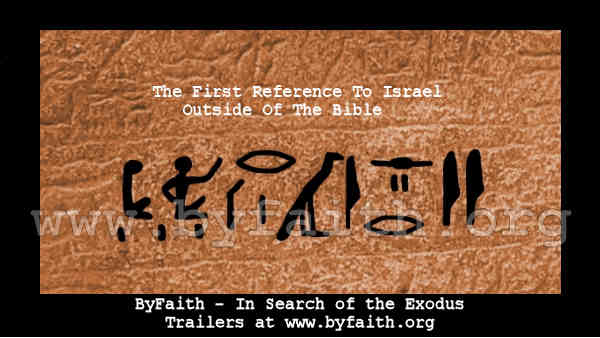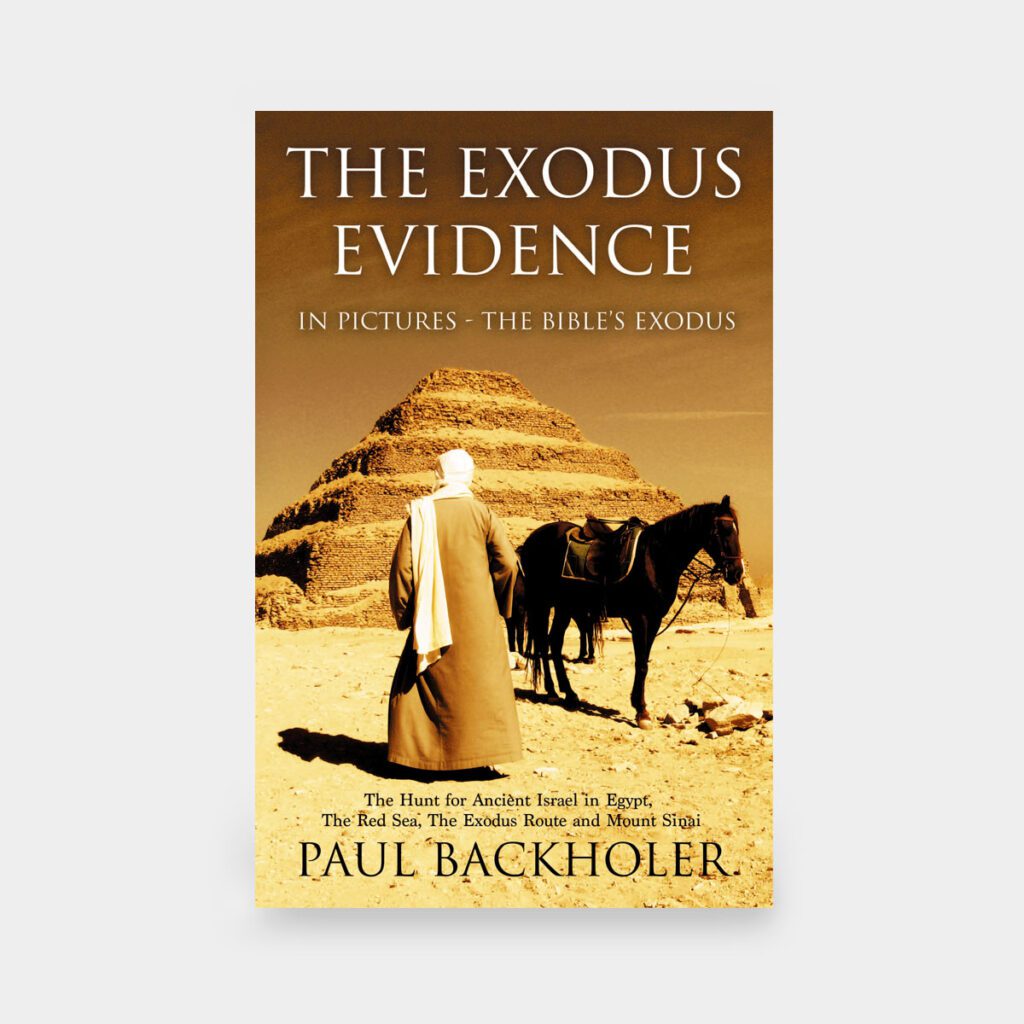
Where was the Bible’s Red Sea? Where did Moses cross Yam-Suph?
Then Moses stretched out his hand over the sea; and the Lord caused the sea to go back by a strong east wind all that night, and made the sea into dry land, and the waters were divided
– Exodus 14:21
The parting of the Red Sea is central to the Bible’s Exodus story, but no one has proved conclusively where the crossing took place. We know the starting point for the Exodus was the area of Ramesses, and one traditional idea is that the Hebrews headed south and crossed the tip of the presently named Red Sea. Another popular theory is ancient Israel crossed the Gulf of Aqaba.
In the Hebrew text, the body of water that the Israelites crossed is literally called ‘Yam-Suph.’ This was translated as the Red Sea, but scholars believe its intended meaning was always ‘Sea of Reeds.’ The Sea of Reeds interpretation of the Bible opens up several possibilities and grants us four options for the crossing – the Northern Lake, the El-Ballah Lake, Lake Timsah, or the Bitter Lake. These lakes are deep enough to drown in and shallow enough to be parted ‘by a strong east wind.’
Many have tried to use the details from Scripture to identify locations where the Hebrews travelled, but none have been able to present a credible scenario that can be tested, tried and accepted by the body of scholarly opinion. Christians are not afraid of archaeological questions because, despite questions, the evidence is on the side of faith.
There’s a substantial difference between the veracity of archaeological evidence, and claims made on popular YouTube videos based upon pseudoarchaeology, doctored images, ‘angelic archaeological visions,’ and magic inscriptions that disappear after the adventurer leaves. We must be better than deluding ourselves. We must read factual archaeological reports from organisations such as the Israel Antiquities Authority, not the stories of those prone to fantastic archaeological hallucinations.

Christians don’t need made up clues to prove the Bible is reliable as a historical document. We have verifiable evidence available in museums to prove Israel existed by 1200 BC and King David was the founder of a dynasty. In my explorations of ancient Egypt, my brother and I found credible evidence that the claims found in Genesis and Exodus are based upon real world history.
But where is Mount Sinai? Contrary to prevailing myths about St Paul identifying Saudi Arabia as Arabia in Galatians (he used first-century terminology, not a twenty-first century map), the text of the Bible indicates Mount Sinai is in the Sinai Peninsula, and therefore the Red Sea crossing was on the borders of Egypt at that time.
At one point Moses’ father-in-law is at Mount Sinai with him and he departs from the holy mountain to return to Midian, which has been located in modern-day Saudi Arabia (Exodus 18:27). Therefore, the Bible indicates that Mount Sinai or Horeb as it is sometimes called, must be in the Sinai Peninsula, and the Red Sea crossing took place between ancient Egypt and the Sinai Peninsula. With careful reading, many other passages highlight the same truths.
The theories of where the Red Sea can be found are many and there’s an enormous difference between claiming to possess the evidence and proving it. With no reliable ancient inscriptions to offer greater insight, we continue to live by faith, knowing it happened, but not entirely sure where. However, if we were in Egypt together, I could show you the inscriptions, tombs and depictions, which would encourage you to trust that the Bible’s account of the Hebrew enslavement and Exodus is trustworthy. As this is not possible, we have produced a book and documentary instead.
- The DVD documentary Israel in Egypt.
- The streaming documentary The Exodus Evidence
- The book The Exodus Evidence by Paul Backholer.
By Paul Backholer. Find out about Paul’s books here.







